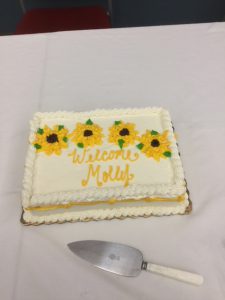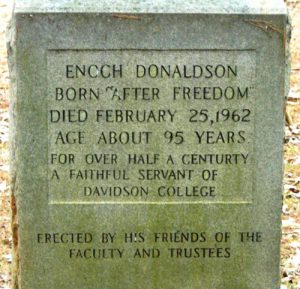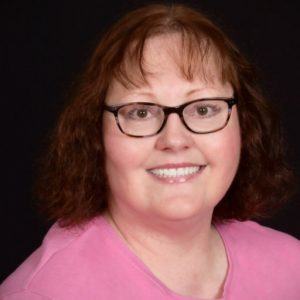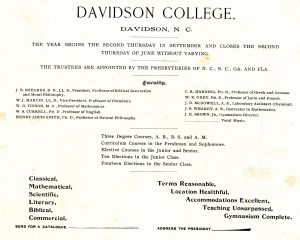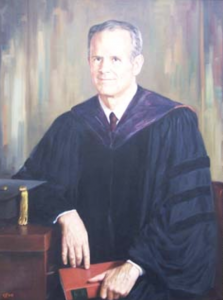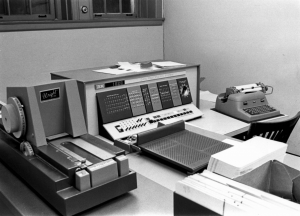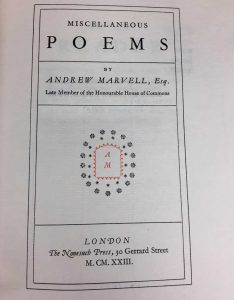
The 9th Annual Poetry Reading
On Thursday, April 19, the ninth annual Poetry Reading in honor of National Poetry Month was held in the Fishbowl of the E.H. Little Library. In order to make the event more open than years past, speakers from on and off campus presented in the Fishbowl. Afterward, speakers and listeners alike were treated to refreshments in the Rare Book Room. Thank you to all who visited and especially to our poets: Chanda DuBose, Carlos Miranda ’18, Evan Yi ’18, and Maurice Norman ’20!

Chanda DuBose
Local poet Chanda DuBose performed her original works entitled “Daughters,” “Honey,” and “Represent.”
Carlos Miranda ’18 read three poems he had written for a class this semester entitled”It Feels Okay,” “Red Toyota, and “In Memoriam.”
Poetry major Evan Yi ’18 performed a collection from his thesis: “No one has asked the house if its haunting is self inflicted,” “Joseph the Carpenter,” “Harold and Kumar go to Best American Poetry,” “Orientalist Manifesto,” “Newborn,” “Lies for my father,” and “Mei Lanfang & the Autophile.”

Evan Yi, ’18.
Maurice Norman ’20 is a member of the campus’ spoken word group “Freeword” and performed his poems entitled “Loose Gravel,” “Uncanny,” “Guidebook to Growth,” “The Ugly Dreadlocks,” “Grain,” and “At the housefire.”
 Last Wednesday, Davidson College community members had the unique opportunity to attend a free advanced screening of Bart Layton’s most recent film, the true-crime thriller “American Animals” which was filmed on campus during the spring of 2017!
Last Wednesday, Davidson College community members had the unique opportunity to attend a free advanced screening of Bart Layton’s most recent film, the true-crime thriller “American Animals” which was filmed on campus during the spring of 2017!


